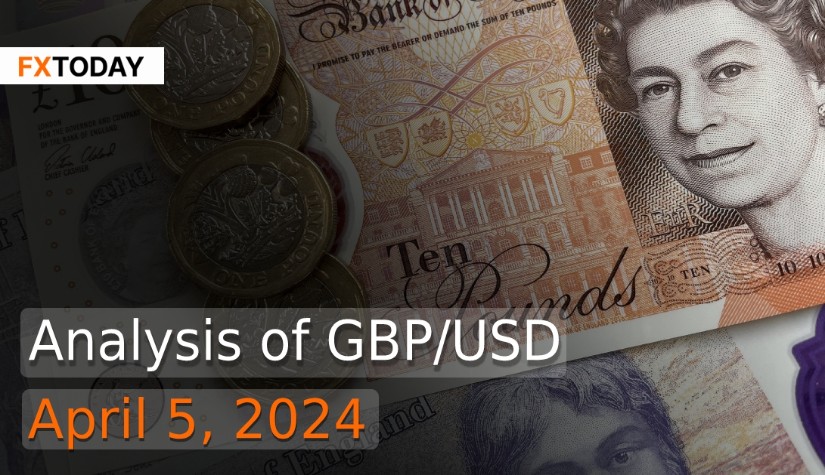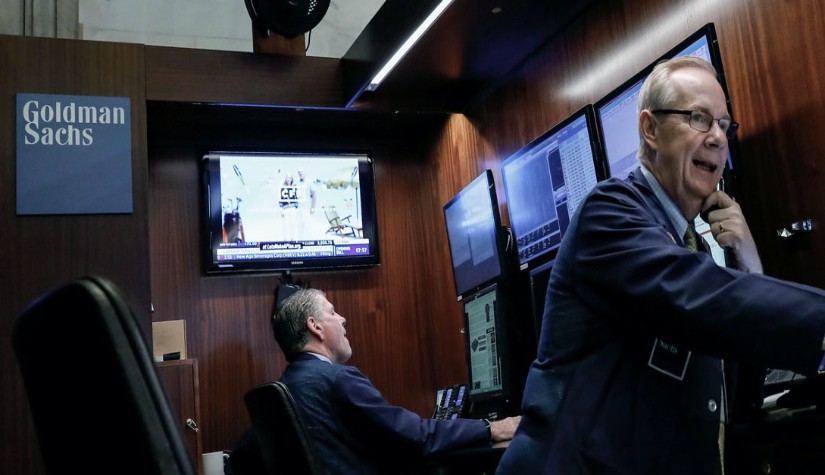Britain Grapples with Economic Challenges as Election Looms
In 2023, Britain faced a shallow recession as official data revealed a 0.1% GDP contraction in the third quarter and a further 0.3% decline in the fourth. This economic downturn presents a challenge for Prime Minister Rishi Sunak, who must reassure voters before an impending election.
Despite sluggish services activity, recent surveys indicate a hopeful trajectory for Britain's economy, outperforming France and Germany but trailing behind Italy and Spain. While tax cuts and anticipated interest rate adjustments may stimulate growth in 2024, Britain lags in recovery from the COVID-19 pandemic compared to its G7 peers.
The next government must navigate cautiously to avoid worsening Britain's already strained credit rating. The Labour Party, leading in polls, vows to maintain the Conservative government's debt reduction targets but faces pressure to boost public spending amid dissatisfaction with healthcare, education, and housing. S&P's credit rating downgrade following the Brexit referendum and subsequent concerns over tax cuts signal the delicate balance between fiscal responsibility and public demand for improved services.
On the economic front, British supermarkets experienced a 5.4% increase in sales, driven by easing inflation. Shop price inflation dropped to its lowest level in over two years, with food prices rising modestly and non-food prices remaining stable. The Bank of England anticipates inflation dipping below 2% in the coming months, aided by declining energy costs. Public expectations for inflation also decreased, indicating a favorable outlook for price stability.
March saw British manufacturers reporting their first growth in activity in 20 months, suggesting the end of the recent recession. Despite ongoing challenges such as reduced staffing levels and increased input costs, businesses remain optimistic. Additionally, British house prices surged annually, signaling a continued recovery from pandemic-induced volatility. Mortgage approvals hit their highest since September 2022, indicating increased consumer confidence in the housing market.
Internationally, the U.S. dollar remained stable amidst anticipation of key economic reports and geopolitical tensions. The Federal Reserve's cautious stance on interest rate adjustments reflects the need for further data evaluation. Economic indicators, including job creation and inflation, will influence the Fed's policy decisions in upcoming meetings. While the U.S. economy maintains strength, concerns over hiring plans and geopolitical instability cast shadows on future growth prospects.
Recent surveys indicate weak hiring plans among U.S. small businesses in March, marking the lowest level since May 2020, a potential indicator of broader job market trends. Geopolitical tensions in the Middle East, particularly U.S. President Joe Biden's conditional support for Israel's offensive in Gaza, add to traders' concerns. Additionally, the U.S. trade deficit widened for a second consecutive month in February, suggesting trade dynamics could weigh on economic growth in the first quarter. As a result, it is anticipated that the GBP/USD currency pair will likely remain steady, fluctuating within the existing framework, influenced by similar rates of return between the two economies, albeit with a slight edge towards the appreciation of the US dollar.
Data for Technical Analysis (1D) CFD GBP/USD
Resistance : 1.2660, 1.2682, 1.2719
Support : 1.2586, 1.2564, 1.2527
1D Outlook
Source: TradingView
Buy/Long 1 If the support at the price range 1.2546 - 1.2586 is touched, but the support at 1.2586 cannot be broken, the TP may be set around 1.2685 and the SL around 1.2526, or up to the risk appetite.
Buy/Long 2 If the resistance can be broken at the price range of 1.2660 - 1.2700, TP may be set around 1.2720 and SL around 1.2566, or up to the risk appetite.
Sell/Short 1 If the resistance at the price range 1.2660 - 1.2700 is touched, but the resistance 1.2660 cannot be broken, the TP may be set around 1.2586 and the SL around 1.2720, or up to the risk appetite.
Sell/Short 2 If the support can be broken at the price range of 1.2546 - 1.2586, TP may be set around 1.2527 and SL around 1.2680, or up to the risk appetite.
Pivot Points Apr 5, 2024 03:50AM GMT
|
Name
|
S3
|
S2
|
S1
|
Pivot Points
|
R1
|
R2
|
R3
|
|---|---|---|---|---|---|---|---|
| Classic | 1.2493 | 1.2527 | 1.2589 | 1.2623 | 1.2685 | 1.2719 | 1.2781 |
| Fibonacci | 1.2527 | 1.2564 | 1.2586 | 1.2623 | 1.266 | 1.2682 | 1.2719 |
| Camarilla | 1.2625 | 1.2633 | 1.2642 | 1.2623 | 1.266 | 1.2669 | 1.2677 |
| Woodie's | 1.2507 | 1.2534 | 1.2603 | 1.263 | 1.2699 | 1.2726 | 1.2795 |
| DeMark's | - | - | 1.2606 | 1.2631 | 1.2702 | - | - |
Sources: Investing 1, Investing 2
















